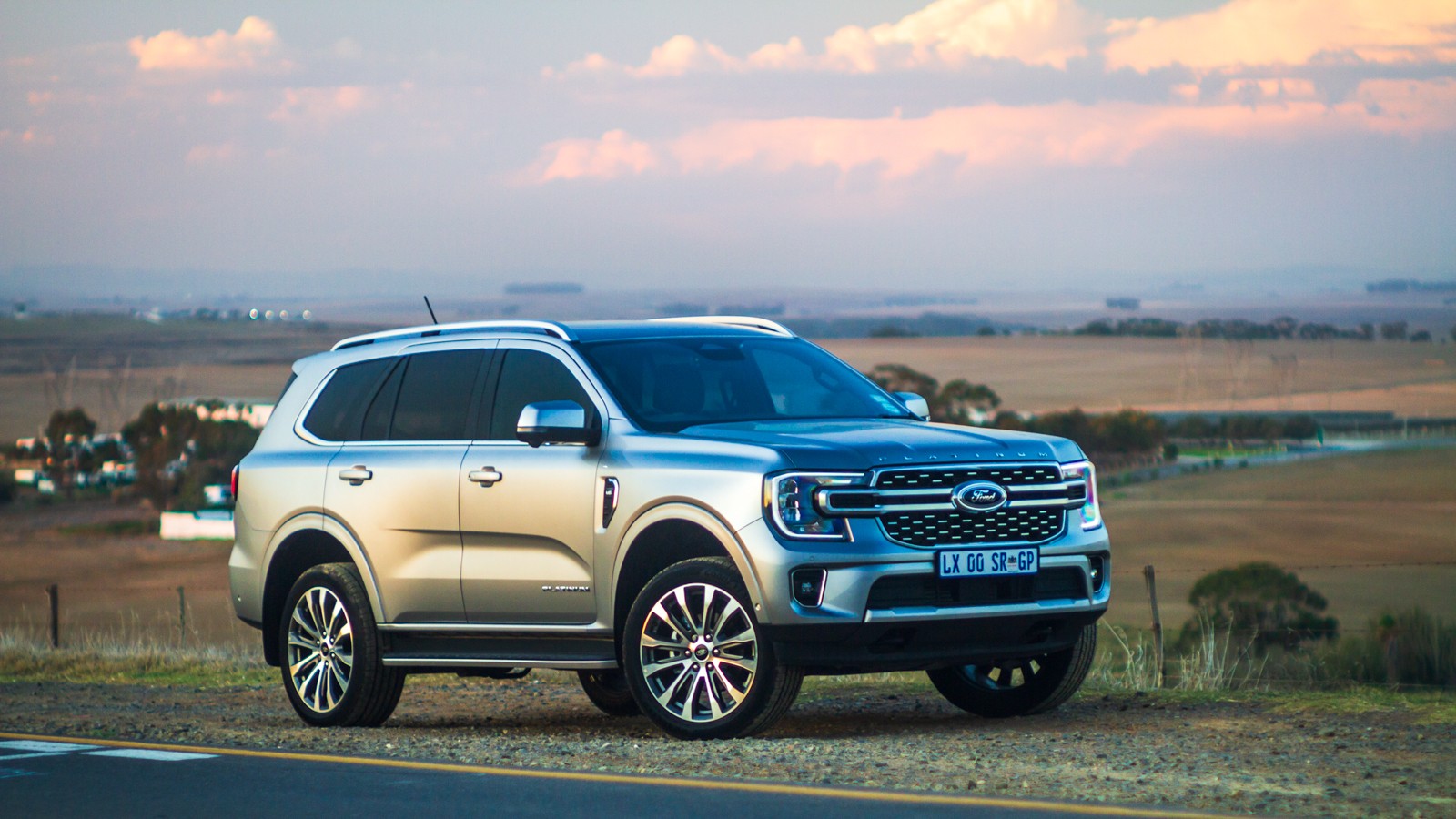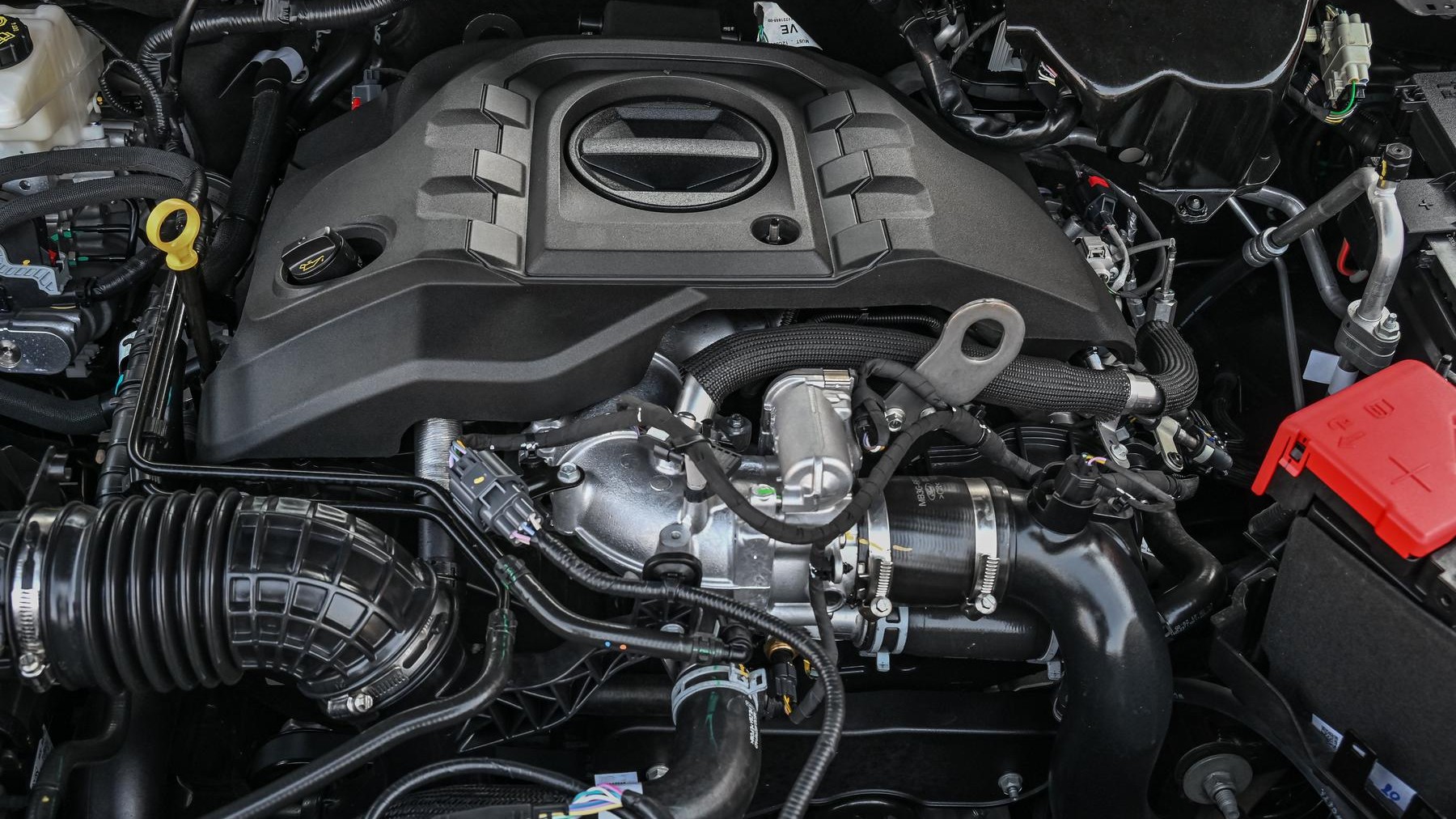Three South African schools have earned top global honours in the Inspired Builds robotics competition, a worldwide STEM challenge that involved 111 schools across…
Everest better at exploring than Explorer

Everest isn’t available to American buyers. But its platform-twin Ranger is. Are American Ford fans who like the idea of a more compact three-row SUV with rugged all-terrain ability, missing out on perhaps the brand’s best global adventure vehicle model?
Ford has a deep South African legacy. The brand has been manufacturing cars in South Africa for over a century. But it remains a proudly American company. The anchor of all things Ann Arbour, Michigan.
And local Ford fans do, on occasion, envy the global product portfolio. It’s a natural desire to covet what is available in other markets. Large trucks like the F-Series. And Explorer.
Ford’s large SUV was available in South Africa during its first generation. A rugged yet luxurious body-on-frame SUV, which, in some respects, had the measure of Toyota’s Land Cruiser. However, the first-gen Explorer was a niche model in the local market. And never replaced.
By the 2010s, it has softened to a unibody large crossover. And that’s the interesting development trajectory because many American Ford owners secretly cover what South Africans have: the luxury trim Platinum-grade Everest.
Similar to Ford’s original Explorer, the Everest has remained true to its ladder frame structure, shared with Ranger. Rugged. But also luxurious, with all the premium seat padding comfort and adjustability you’d expect.

It’s become more of a Land Cruiser rival
Due to its relationship with Ranger, which shares a platform architecture and powertrains, Everest is often compared to the Fortuner. And that’s reasonable, to an extent. But in the Platinum trim and powered by the 3-litre V6 turbodiesel, it’s authentically more of a Prado rival. The ergonomics, digitisation, infotainment interface, and rear-axle dynamics are all more of a Land Cruiser-rivalling engineering benchmark than those of the Fortuner.
Rangers are the most popular double cabs in South Africa. Their car-like interiors, excellent smartphone syncing, and high-output powertrains are ideally suited for the leisure double cab application. Hilux might sell more bakkies, but Ford’s share of the profitable double cab market is greater.

The case for three-row SUVs
But what if you don’t want a Ranger double cab? If you need comfier multi-row seating and the load-area stacking height that a large SUV provides, which a double cab doesn’t? That’s where the Everest Platinum is such a compelling offering.
Forget about Mustang. The turbodiesel V6 Platinum SUV is Ford’s premium model in the South African market. And symbolically of how Ford has evolved its local product offering to meet evolving needs – and move notably upmarket.
In the time before R1m double-cab and separate-chassis luxury SUVs, the ceiling for premium Fords was relatively low. When the sedan and hatchback market peaked in the late 1990s and early 2000s, TX5 and Focus STs were peak Ford. Interesting cars, and in the case of Focus, with excellent driving dynamics, but hardly premium models capable of being an alternative to German products. However, that’s all changed remarkably to Ford’s advantage over the last decade.

Rethinking Ford luxury
Since the launch of Ford’s T6-series bakkie and SUV platform, the brand has moved significantly upmarket.Platinum trim Rangers and Everests now attract customers who were once loyal to legacy Audi A4, BMW 3 Series, and Mercedes-Benz C-Class models. That’s a remarkable shift in market demand. And one that has created the conditions for something like Everest Platinum to become a genuine rival to traditional German luxury car brands.
Everest has masterfully designed cabin architecture. Especially the third-row seating and tailgate area. Creating a third-row seating solution that doesn’t compromise load space volume when it’s not in use is a challenging task. And Ford’s interior designers were on-brief with the Everest.
One of the most awkward tests for any three-row seating SUV, is loading furniture in the back. I tested the Everest Platinum in this regard, and it performed exceptionally well. It loaded and transported a cane couch with ease and without scuffing any trim.

Where Everest bests a double cab
With its more sophisticated rear axle, the Everest offers a driving experience that is remarkably car-like, especially for a large ladder-frame SUV. But not at the cost of all-terrain capability.
The standard tyres are not ideal for off roading, sure. Still, the compression and rebound settings for the dampers, as well as the individual wheel corner suspension kinematics, are very effective at preventing dive and roll at high speeds when driving on tar and maintaining traction when crawling across a badly corrugated dirt road.
Rugged when required and luxurious at all times when you are onboard as a passenger or driver, the Everest is a worthy lead product offering in Ford’s local portfolio. Ultimately, it is better than the current American market Explorer, which is essentially a crossover with limited all-terrain capability.

Everest Platinum or Prado?
Ford’s premium-trim three-row SUV is a R1.3m vehicle, which places it in a unique market position between the Fortuner and Prado, its most obvious rivals from Toyota. But design merits and superior SYNC infotainment aside, for many buyers in the all-terrain three-row SUV market, overtaking and highway cruising performance are valuable vehicle dynamics.
Everest’s 3-litre V6 turbodiesel boosts nearly a quarter more power than Toyota’s Prado. And with a 10-speed transmission, it offers a much safer margin of overtaking performance; which is invaluable on those long-distance adventure journeys. The kind of driving three-row SUVs are intended for.
It’s ironic, isn’t it? How demand signals and product development awareness in the South African market have led to the creation of an SUV that offers everything many American buyers would want – rugged all-terrain capability, spacious cabin, bold design, and excellent SYNC-integrated infotainment. But can’t have.


